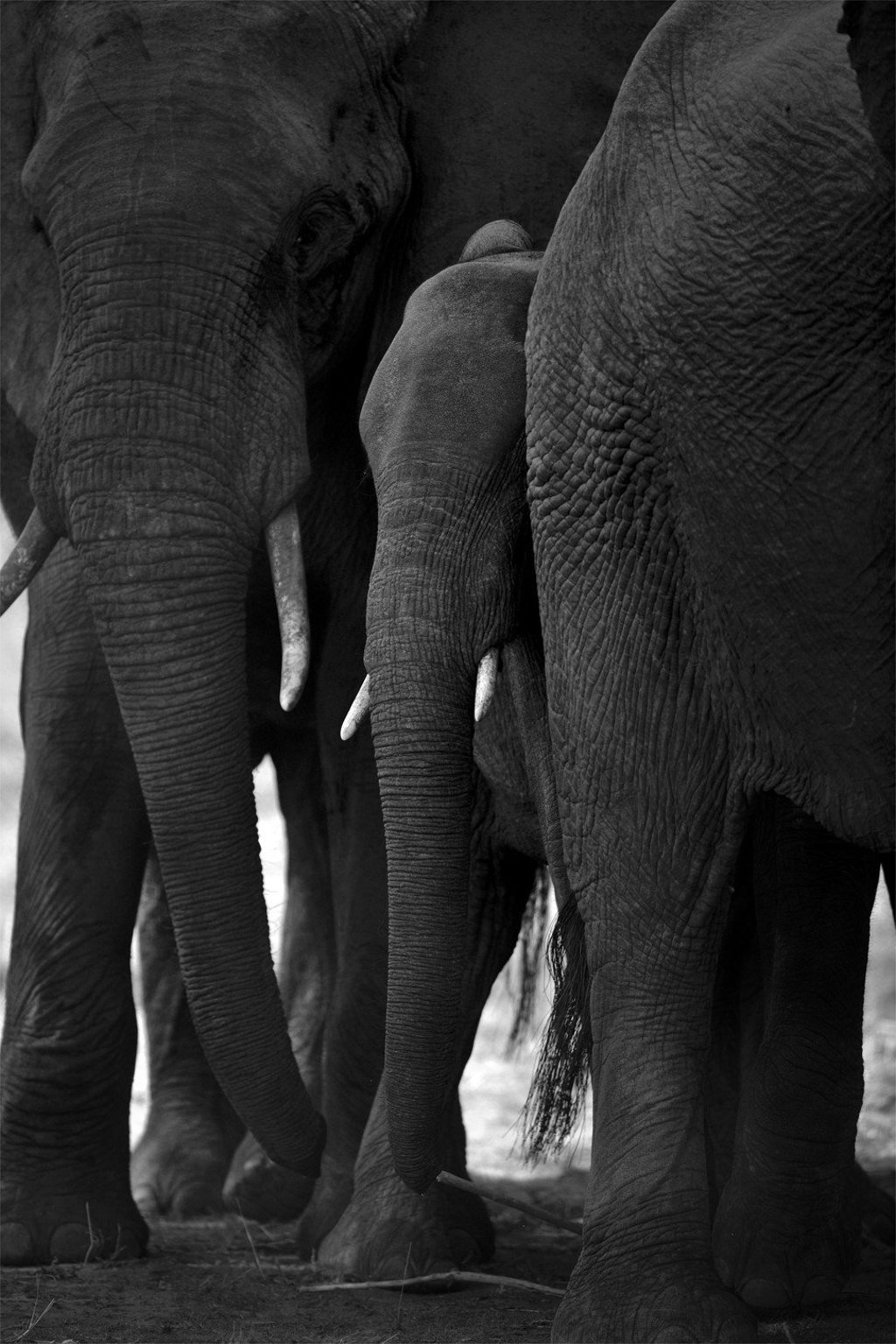Zonkeys and rhinos make Zimbabwe a magical place to visit

Reserves are dedicated to protecting endangered species. Visitors are welcome to stay quietly at some lodges
The last time you thought about Zimbabwe was probably during the news outbreak when Cecil the Lion was killed in July 2015 by an American dentist or when Mugabe hit the headlines, but there is a lot more to the country than hunting and political scandals. Zimbabwe is home to “the friendliest people in Africa”, and lucky travellers can find baby white rhinos, giant man-made lakes, zonkeys and exclusive access to inland pools teeming with wildlife – it is no wonder that Zimbabwe has been making a name for itself as a magical place to visit.
Our first stop is Singita Pamushana in Malilangwe Wildlife Reserve, the number one luxury lodge in Zimbabwe, owned by an American billionaire with a passion for Africa.
Singita Pamushana is also proof that with big money, big things can be done. The elusive white rhino can be found near the lodge, along with elephants, lions, leopards, klipspringers, impalas, kudus, elands, waterbucks and the wild dogs. Rhinos were reintroduced here a while ago, bought from South Africa with a serious price tag. Now they are heavily guarded to protect them from poachers who use helicopters to track and kill the animals.
“One horn is worth around US$350,000,” our guide says.
While the rhinos in Malilangwe Reserve are well protected, almost 700 have been killed this year alone in South Africa. Often their faces are cut off. The innocent baby rhino we are privileged to see today, a couple of months old, may well be the last generation of its species.
Conservation efforts are notable in Zimbabwe. We meet Clive Stockil, owner of Chilo Gorge Lodge and a renowned conservationist, in front of the sandstone Chilojo cliffs in the neighbouring Gonarezhou National Park, near the border with Mozambique.
In the 1980s, Stockil was one of the first people to take action to try and stem the declining number of rhinos in Africa. A few months ago, he received the first Lifetime Achievement Award from the Tusk Trust Conservation, awarded by its royal patron, Prince William. Not long after we visit, Stockil flies back to England to give a speech at the National Geographic Society in London.
When we meet Stockil, here in his beloved Gonarezhou National Park, he looks more like a tough scout than someone who only a few weeks ago was shaking the hand of a prince. Wearing shorts, a straw hat, with a pair of Swarovski Optik binoculars around his neck and sporting a serious grey beard, Stockil has an intense gaze. He also has a firm handshake. Not one for idle chitchat, Stockil accelerates into fifth gear when it comes to nature protection.
